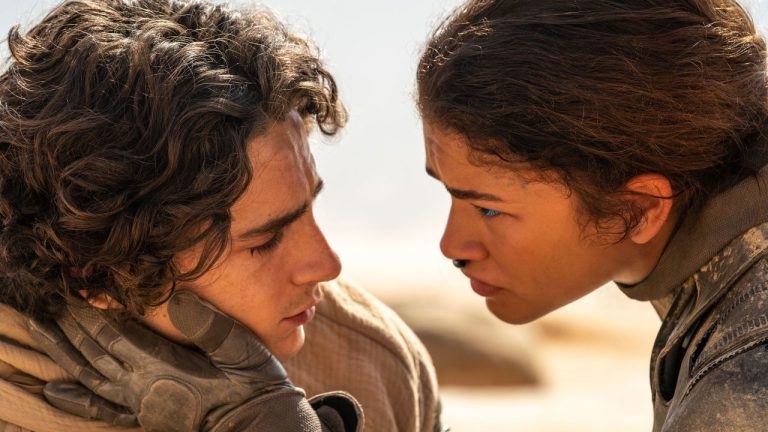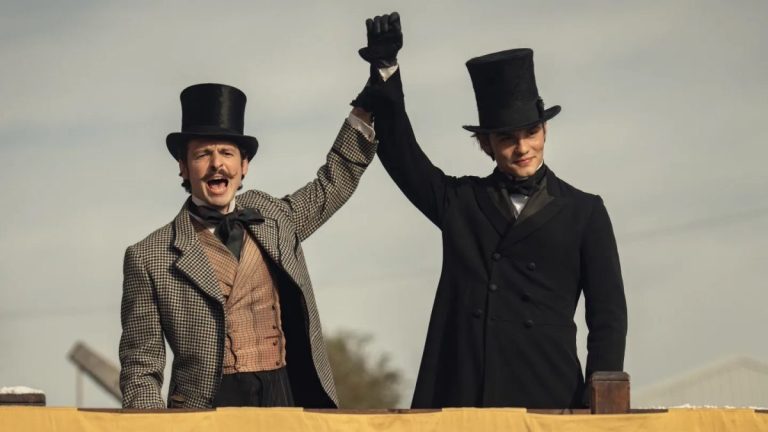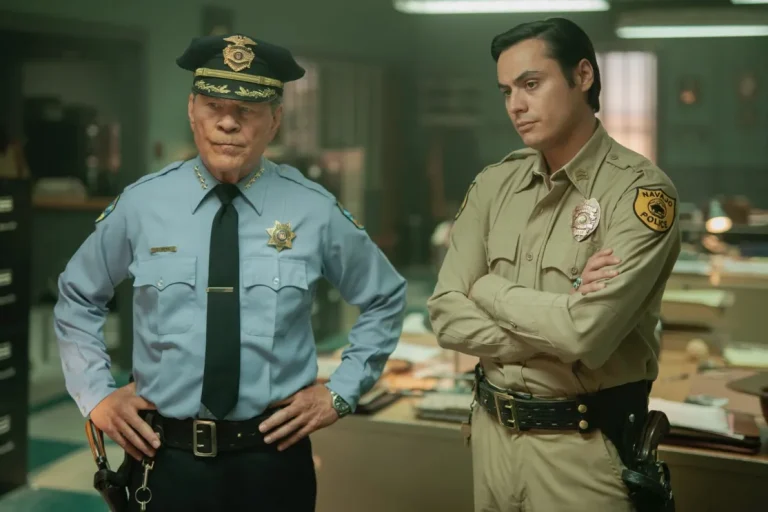Widely considered one of the greatest filmmakers of all time, Stanley Kubrick’s contribution to the cinema is commendable. Throughout his filmmaking career, Kubrick has made many incredible films, some of which were nothing less than masterpieces. During his career, the director delivered two masterpieces of war cinema, namely Paths of Glory (1957) and Full Metal Jacket (1987). While these are the two anti-war films of Kubrick’s career that are immensely praised today, there is another epic film made under his direction that started the era of anti-war films by Kubrick.
The film was Fear and Desire, which was released in 1953. Though the film miserably failed at the box office, it can’t be denied that it was an extraordinary movie. It was Kubrick’s first directorial feature. He loathed it the most, as his efforts seemed to be in vain after the film failed to perform well. The director cut nearly 10 minutes from the film in a futile attempt to try and make it more popular. According to star Paul Mazursky, “Stanley tried to have the negative burned. He hated the movie.”
For a while, the film was only available in bootleg additions. But to fans’ delight, Fear and Desire was restored last year and is now in 4K on streaming.
Why was Stanley Kubrick’s Debut Film – Fear and Desire, a masterpiece of his career?
Stanley Kubrick was a visionary auteur whose films were known for their intense attention to detail, innovative cinematography, and extensive set design. These elements of Kubrick’s filmmaking art can be seen in his 1953 film Fear and Desire.
The film is not about any specific war. Rather, it emphasizes the philosophical aspect of war more. Fear and Desire opens with an off-screen narration by actor David Allen, who tells the audience:
“There is a war in this forest. Not a war that has been fought, nor one that will be, but any war. And the enemies who struggle here do not exist unless we call them into being. This forest then, and all that happens now is outside history. Only the unchanging shapes of fear and doubt and death are from our world. These soldiers that you see keep our language and our time but have no other country but the mind”
When the film was released, Kubrick was distressed by the negative reaction of the audience. He immediately decided to tone down the philosophical aspects of the film. After the amendments were made, the film was less of a metaphysical experience and more of a conventional war film. The edits made in the film made it a 62-minute long film, which originally was a 70-minute premiere cut. For decades, people were just aware of the 62-minute version of Fear and Desire until the Library of Congress came into possession of a 35mm element of the original film.
Fortunately, fans can now experience Fear and Desire as it was originally released. They can witness the blossoming of a 23-year-old cinematic genius.
Albeit the film was a box-office failure, it was praised by the critics. In an uncredited review, The New York Times noted: “If Fear and Desire is uneven and sometimes reveals an experimental rather than a polished exterior, its overall effect is entirely worthy of the sincere effort put into it.”
Moreover, Columbia University professor Mark Van Doren, who was also a writer and a critic, sent Kubrick a letter that stated:
“The incident of the girl bound to the tree will make movie history once it is seen … Stanley Kubrick is worth watching for those who want to discover high talent at the moment it appears.”
While the critical acclaim Kubrick received may convince many to revisit this overlooked masterpiece, ultimately, watching Fear and Desire yourself is the best way to decide its worth.
Fear and Desire can be seen in 4K on Apple TV, Google Play, Prime Video, and Vudu.






